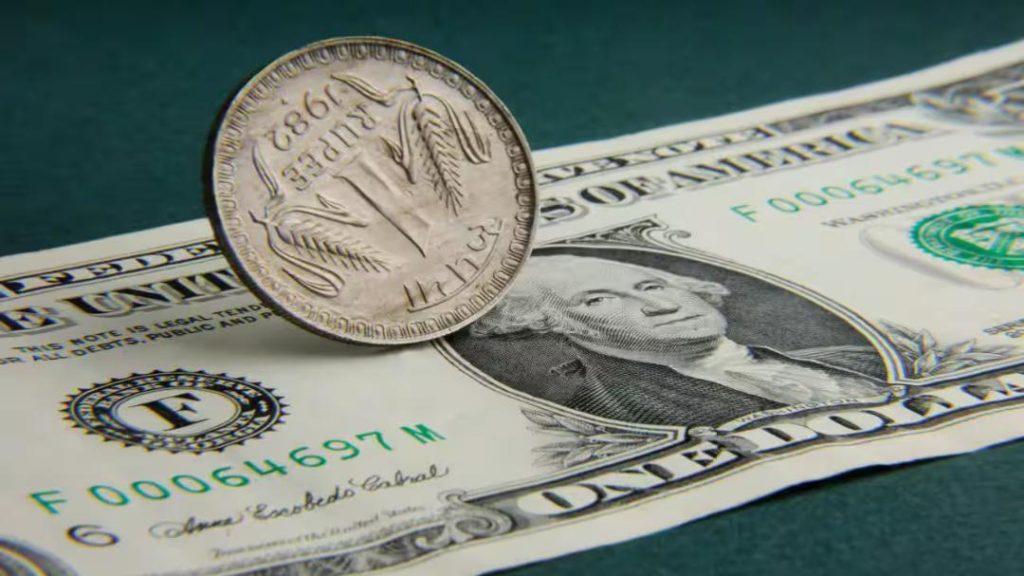
Rupee Falls to 85.58 vs Dollar Amid Outflows, Strong US Yields
The Indian rupee has continued its downward trajectory, falling by 16 paise to close at 85.58 per US dollar on Wednesday. This marks a fresh low for the currency, which has been under pressure due to rising US bond yields and persistent foreign capital outflows.
Experts are pointing to global financial uncertainty and strong dollar demand, particularly from oil importers, as key factors driving the rupee’s weakness. The Reserve Bank of India (RBI) may intervene in the foreign exchange market if volatility spikes, but for now, traders are keeping a close eye on US rate signals for further impact.
The rupee’s weakness has been a persistent theme over the past few months, with the currency having lost around 12% of its value against the dollar since the start of the year. While the RBI has taken steps to stabilize the currency, including intervening in the foreign exchange market and raising interest rates, the rupee’s slide shows no signs of abating.
One of the main drivers of the rupee’s weakness is the rising US bond yields. As the US economy continues to grow, investors are seeking higher returns on their investments, which has driven up demand for US bonds. This has pushed up yields, making US bonds more attractive to investors and, in turn, draining liquidity from emerging markets like India.
Another factor contributing to the rupee’s weakness is the persistent foreign capital outflows from India. Foreign investors have been selling Indian stocks and bonds in recent months, driven by concerns over the country’s high inflation rate and the RBI’s tightening monetary policy.
The rupee’s weakness has also been exacerbated by strong dollar demand from oil importers. India is a net oil importer, and the depreciation of the rupee makes oil imports more expensive. This has put pressure on the country’s trade balance and has contributed to the rupee’s weakness.
Despite these challenges, the RBI is likely to continue to intervene in the foreign exchange market to stabilize the rupee. The central bank has already taken steps to curb speculative trading and has increased its intervention in the market to stabilize the currency.
However, the RBI’s ability to intervene in the market is limited by its foreign exchange reserves, which have been declining in recent months. The reserves stood at around $540 billion at the end of August, down from over $640 billion at the end of 2020.
In addition to the RBI’s intervention, the government has also taken steps to stabilize the rupee. The finance ministry has announced measures to boost foreign investment in the country, including the relaxation of foreign direct investment (FDI) rules and the introduction of a new framework for foreign portfolio investors.
Despite these efforts, the rupee’s weakness is likely to continue in the near term. The US Federal Reserve is expected to continue to raise interest rates, which will drive up demand for US bonds and further weaken the rupee. Additionally, the RBI’s ability to intervene in the market is limited by its foreign exchange reserves, which will make it difficult for the central bank to stabilize the currency.
In conclusion, the rupee’s fall to 85.58 against the dollar is a reflection of the global financial uncertainty and strong dollar demand, particularly from oil importers. While the RBI may intervene in the foreign exchange market to stabilize the currency, the rupee’s weakness is likely to continue in the near term. Traders are watching US rate signals for further impact, and the rupee’s movement will be closely monitored in the coming days.






